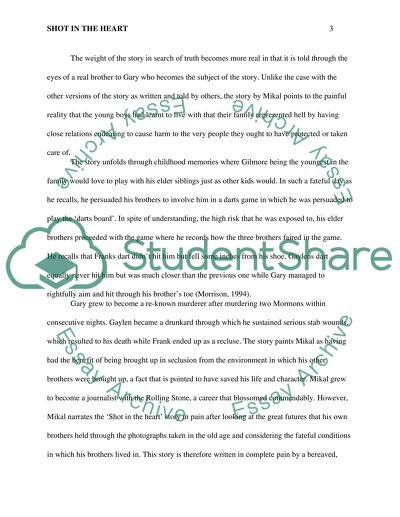Cite this document
(“Child Abuse, family abuse, domestic violence Book Report/Review”, n.d.)
Retrieved from https://studentshare.org/family-consumer-science/1491230-child-abuse-family-abuse-domestic-violence
Retrieved from https://studentshare.org/family-consumer-science/1491230-child-abuse-family-abuse-domestic-violence
(Child Abuse, Family Abuse, Domestic Violence Book Report/Review)
https://studentshare.org/family-consumer-science/1491230-child-abuse-family-abuse-domestic-violence.
https://studentshare.org/family-consumer-science/1491230-child-abuse-family-abuse-domestic-violence.
“Child Abuse, Family Abuse, Domestic Violence Book Report/Review”, n.d. https://studentshare.org/family-consumer-science/1491230-child-abuse-family-abuse-domestic-violence.


